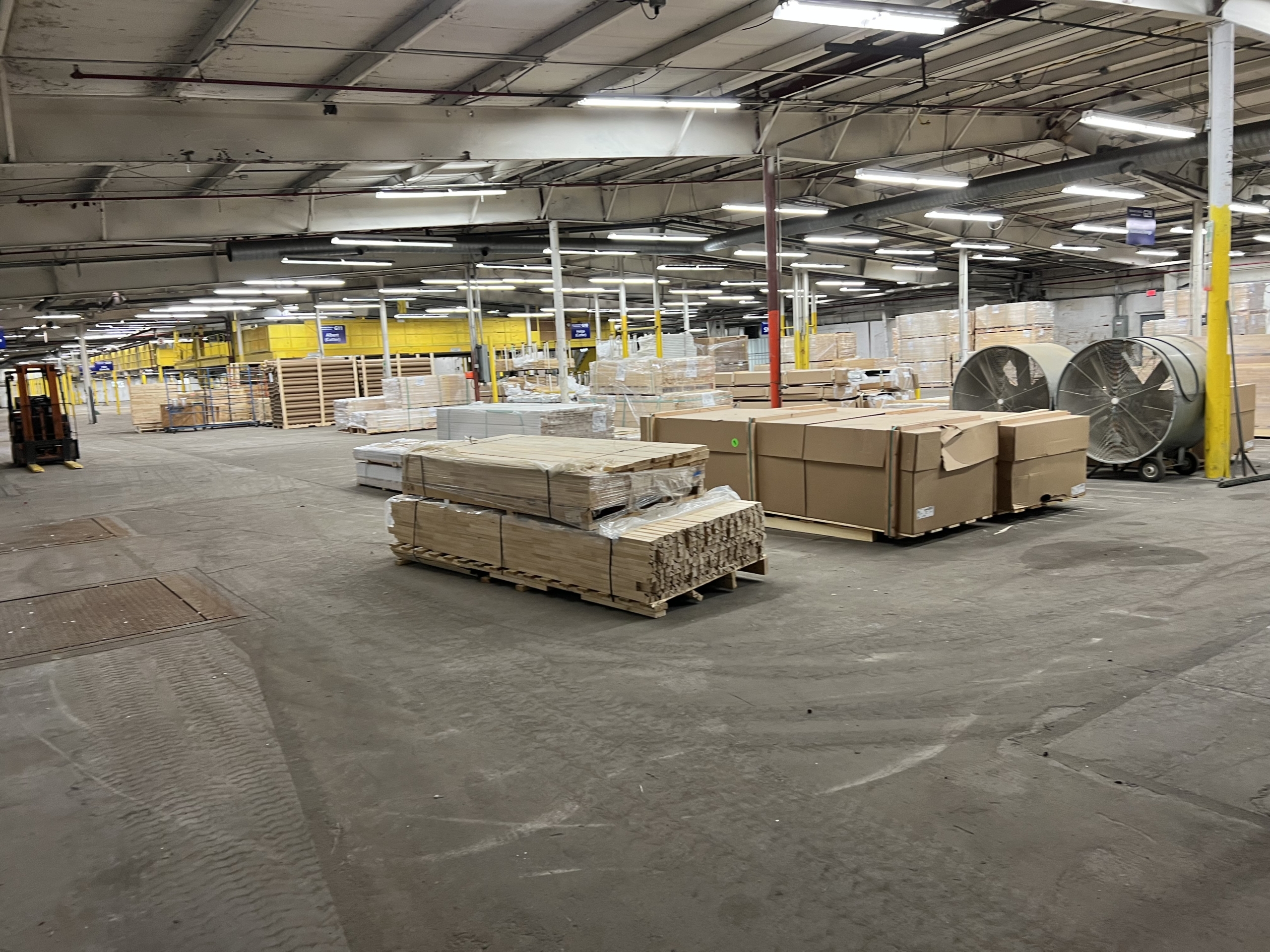Warehouse plays a vital role in the business world. They serve as essential hubs for storage, distribution, and logistical operations. However, people often grapple with the decision of whether to rent or lease a warehouse space. They perceive the subtle differences between the two arrangements. Distinguishing between renting and leasing reveals a fundamental contrast in tenancy structures. Leasing entails a contractual agreement wherein the lessor, the owner of the asset, grants possession and conditional ownership of the property to the lessee for a specified duration. This arrangement is fortified by a mutually agreed-upon periodic payment, establishing a symbiotic relationship that fosters the lessee’s operational needs.
On the other hand, choosing the Warehouse for Rent in Wisconsin Rapids involves a different contractual dynamic. It is a straightforward agreement wherein the owner or landlord transfers possession of the property to the tenant, sans the transfer of ownership. In a rented scenario, the landlord retains ownership of the property while affording the tenant utilisation rights. The choice between leasing and renting ultimately hinges on the specific requirements and strategic objectives of the business, as each option bears distinct implications for financial commitments, control, and long-term planning. Business owners should find the most suitable choice according to their needs and preferences.
Factors Influencing the Decision: Lease or Rent for Your Warehouse
Leasing a warehouse offers a sense of stability and long-term commitment. The lessee gains exclusive access to the space for a specified duration, often several years. This can be advantageous for businesses with predictable growth patterns or those seeking a dedicated, controlled environment. Lease agreements often provide the lessee with more flexibility in customising the space to suit their operational requirements, fostering a sense of ownership without the upfront costs associated with purchasing a property. Moreover, leasing may offer tax benefits as lease payments are typically deductible as business expenses.
On the other hand, renting a warehouse provides more flexibility and agility. It is a suitable option for businesses with fluctuating storage needs or those entering a new market where long-term commitments might be uncertain. Renting allows for scalability, enabling businesses to easily adjust their space requirements based on market trends or seasonal fluctuations. Additionally, renting generally involves less financial commitment upfront, making it a more accessible option for smaller businesses or startups with limited capital. However, business owners need to understand their business needs to make an informed decision.
Ultimately, the choice between leasing and renting depends on the strategic vision and financial capacity of the business. If stability, long-term planning, and customization are paramount, leasing may be the preferable option. For those prioritising flexibility, scalability, and lower initial costs, renting provides a more adaptable solution. Some businesses may even adopt a hybrid approach, using a combination of leased and rented spaces to strike the right balance between stability and flexibility, aligning their warehousing strategy with the dynamic demands of their industry. So, they must have to keep a keen eye on their long-term and short-term goals.
The Bottom Line
Overall, the decision to lease or rent a warehouse is a nuanced one, shaped by the specific needs and goals of a business. Whether prioritising stability, customization, and long-term commitment through leasing, or favouring flexibility, scalability, and cost-effectiveness through renting, businesses must carefully evaluate their unique circumstances. Also, you can look out for the Industrial Property for Lease in Wisconsin Rapids or rent according to business needs. By weighing these factors thoughtfully, organisations can make an informed choice that aligns with their operational strategies, financial capabilities, and overall business trajectory.



